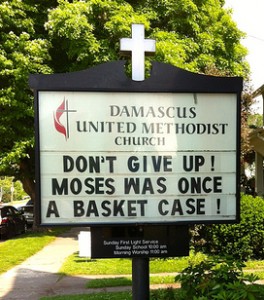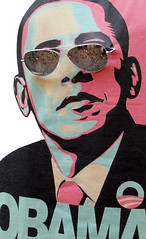
When Tanya Marie Luhrmann, a Stanford anthropologist, studies religion, she’s not asking whether God is real. Rather, she wants to know how believing in a higher power affects the lifecourse. Writing in The New York Times, Luhrmann argues that the positive effects of church attendance go beyond simply increasing social capital through community interaction—it can be a psychiatric boon:
What I saw in church as an anthropological observer was that people were encouraged to listen to God in their minds, but only to pay attention to mental experiences that were in accord with what they took to be God’s character, which they took to be good. I saw that people were able to learn to experience God in this way, and that those who were able to experience a loving God vividly were healthier—at least, as judged by a standardized psychiatric scale.
Luhrmann’s work centers around “the way that ideas held in the mind come to seem externally real to people,” and she notes that belief in God is not always beneficial (for instance, some may feel only despair when they search for religious guidance). To that end, Luhrmann uses her essay to encourage more research into the relationships between mental illness and religion. Like many topics that interest social scientists, the challenge here is to move beyond, “Is this good or bad?” to explore, “When and for whom is this good or bad?”









 God is really popular in the U.S., reports the
God is really popular in the U.S., reports the